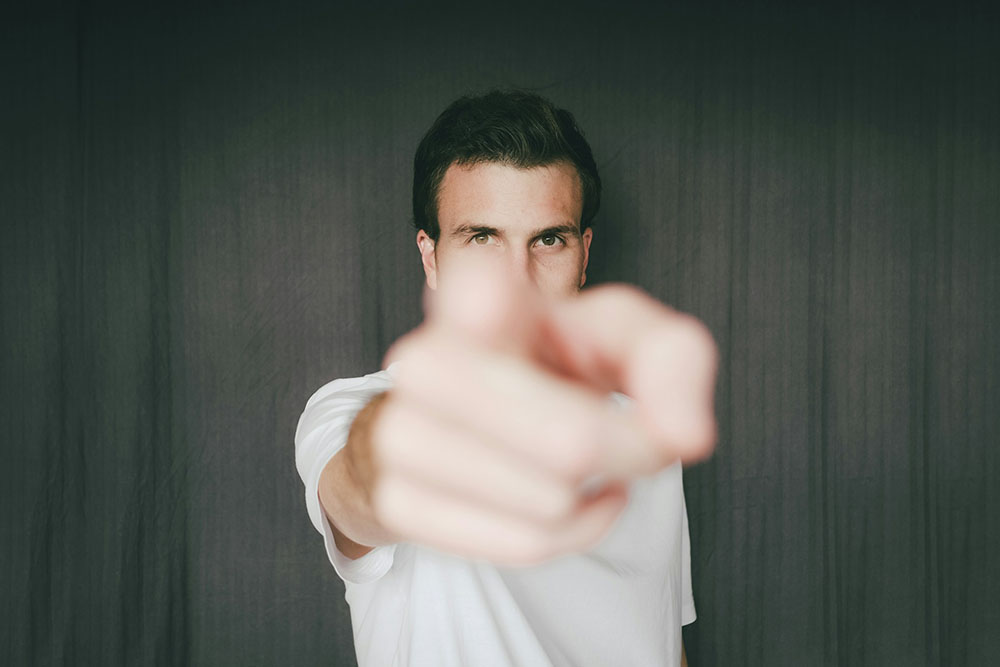From the smoky glamour of classic Hollywood to the glossy precision of modern advertising, the lens through which women are portrayed has often been tilted in one direction. Film theorist Laura Mulvey gave that tilt a name in 1975 — the Male Gaze — in her essay Visual Pleasure and Narrative Cinema. It described how mainstream media tends to frame women not as agents of their own stories, but as figures lit and posed for male pleasure.
This gaze works on several levels. The camera might linger on a pair of lips or the curve of a hip, cueing the viewer to look through a man’s eyes. Male characters may interact with women primarily as objects of desire or dominance. And audiences — consciously or not — are invited to consume female images as adornment, rather than as complex characters. The effect is cumulative: a pattern of stories where female presence serves male narrative arcs.
Cinema has been one of its most visible stages. In countless “introductions,” a woman is unveiled in slow motion, her value implied in her beauty before a word is spoken. The same logic pervades advertising: perfume campaigns, car commercials, even tech product ads frequently lean on a woman’s body as shorthand for desirability. The product changes; the pose endures.
In recent years, a counter‑current has been building. Filmmakers and advertisers informed by feminist critique have begun shifting the frame toward what’s often called the Female Gaze — a perspective that treats women as subjects rather than surfaces. In these works, the camera lingers on thought, gesture, and interaction, prioritising emotional truth over voyeuristic detail. Films like Portrait of a Lady on Fire or The Power of the Dog — different in style, but united in resisting old defaults — invite viewers into a female character’s inner life.
Beyond the screen, platforms like Instagram, TikTok, and YouTube have become arenas where women can author their own images and narratives. Influencers, activists, and independent creators are using these spaces to diversify representation, challenging the idea that there’s only one way to look, move, or matter in visual culture.
The Male Gaze is still embedded in much of what we watch and buy, but awareness changes the conversation. Each time a story chooses complexity over cliché, or an ad chooses authenticity over objectification, the frame shifts a little. And with every shift, audiences are offered something richer: portrayals that don’t just show women, but see them.
What do you think is the most significant impact of the Male Gaze in media?

